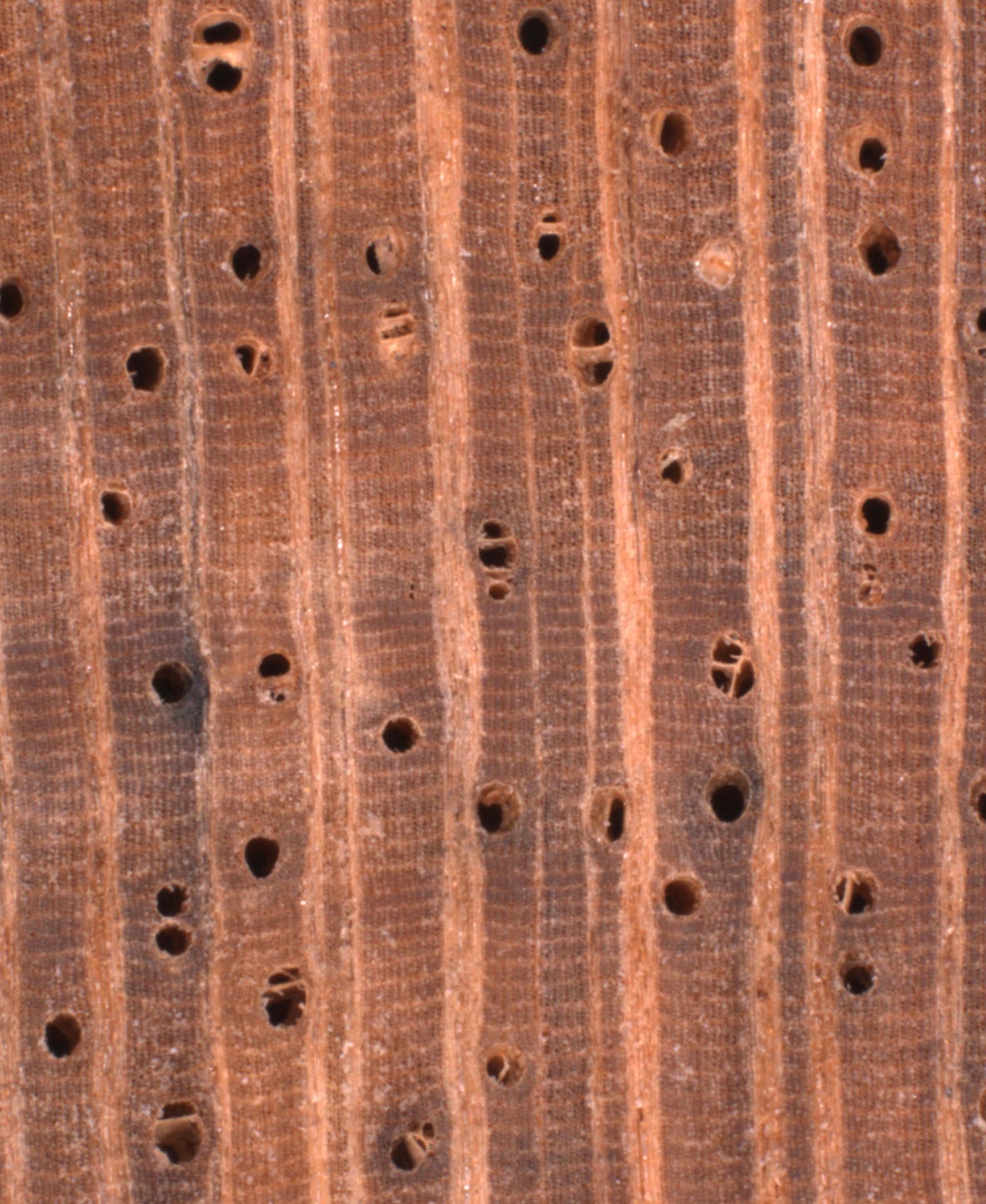Category : Light Hardwoods
Local Name : Mempisang
Family : Annonaceae

|
Species
General Characteristics Sapwood not differentiated by colour; wood light yellow with a greenish or pinkish tinge; planed surface not particularly lustrous (often dull); with attractive silver figure on radial surface; texture coarse and uneven: grain fairly straight; ranging from almost soft to moderately hard or hard to cut across grain; air dry density variable, ranging from 350 to 975 kg/m³ (22 to 61 lb/ft³) averaging 672 kg/m³ (42 lb/ft³); not durable in contact with the ground or exposed positions.
Structure
Growth rings absent but concentric markings produced by layers of denser fibres may be present.
Other Features
Burning splinter test: Splinter burns to ash.
Uses The timber is suitable for general light construction, sliced veneers, match boxes and splints, packing cases and crates. The heavier species can be used for parquet and strip flooring, tool handles and wooden mathematical instruments
|
